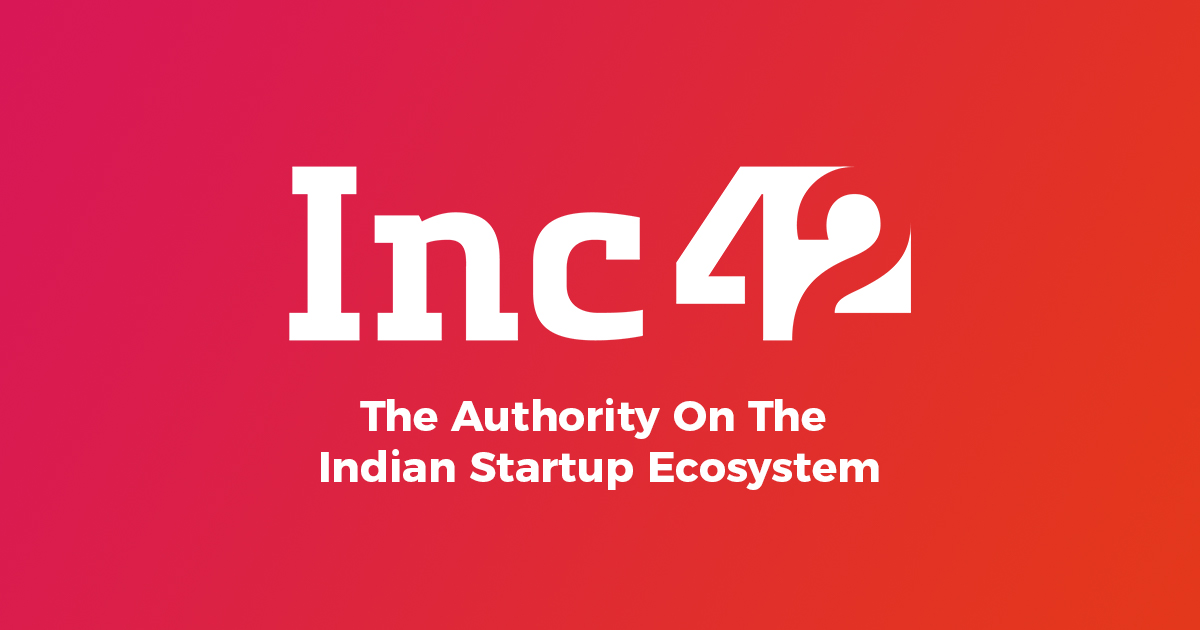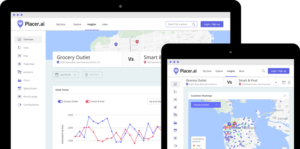Shivangi Srivastava of Swiggy detailed how different target users for an app like Swiggy, and one like Khatabook (her previous company), would necessitate different treatment of the product
For Gunjan Suyal, the product’s design and colour scheme mean everything when trying to tailor the app for Bharat users
MakeMyTrip’s Ankit Khanna talked about the importance of gaining an entry into any of the customers’ first access points to the internet or internet-based commerce
This article is a brief takeaway from The Makers Summit 2021 by Inc42 Plus, India’s largest product conference. Watch all the sessions & learn from India’s top 1% product leaders at Makers Academy.
Do India’s techies, many of them hailing from metros and working out of swanky high-rise buildings situated inside corporate parks, understand what it takes to build a utility mobile application for Bharat i.e. hundreds of millions of users living in India’s tier 2/3/4 cities? The answer may lie in how well these product builders understand design language, user psychology and most of all, the importance of product positioning.
At Inc42’s The Makers Summit, 2021, Brijesh Bharadwaj, director of product management, user products and growth at Dunzo, Shivangi Srivastava, GM for new initiatives at Swiggy, Ankit Khanna, chief product officer for strategic initiatives and new businesses at MakeMyTrip, and Gunjan Suyal, head of products at Justdial, got together for a panel discussion to discuss how product positioning can make a difference when looking to scale products for Bharat.
The insights shared were telling. Srivastava of Swiggy detailed how different target users for an app like Swiggy, and one like Khatabook (her previous company), would necessitate different treatment of the product.
CLICK TO ACCESS THE MAKERS SUMMIT 2021 SESSIONS
“The Swiggy user is one who’s aspirational, with a disposable income, who’s choosing to eat out and not cook his own food. You don’t need to hand-hold that user and really teach them how the app works. On the other hand, a Khatabook user is probably someone with very limited interaction with the internet. He’s at most used WhatsApp or Facebook before. Someone needs to hold his hand, guide him through the app navigation, perhaps teach what each icon means. From a product perspective, it would help if Khatabook’s interface is very simple, everything expressed in broad strokes and simplified,” she said to kick things off.
For Suyal, the product’s design and colour scheme mean everything when trying to tailor the app for Bharat users. “Flashy designs, bright colours work well for users living in tier 2 and 3 cities. Royal colours perhaps wouldn’t work very well here. The new ecommerce players such as Meesho and BulBul, one would notice that over the years they’ve Indianised their design language considerably, which is perhaps helping their growth as well. Even the usage of phrases such as “Export Quality” matters because this is stuff they are used to seeing outside the internet, and thus would help the transition to digital,” she said, to the agreement of the other panellists.
Dunzo’s Brijesh contributed to the discussion with an anecdote from the hyperlocal delivery platform’s journey so far, especially in a tight market. “We found ourselves having to compete with several other incumbents who were into online grocery before us. So if we would have said simply that you purchase groceries online at Dunzo, that wouldn’t have been a big pull. But to say something like, ‘the next time you run out of milk, you can buy it here’, creates a recall factor. So the next time a user encounters that situation, Dunzo will pop up in their head.”
On the subject of acquiring new users rapidly, Gunjan of Justdial explained how relying on SEO would be a peace-time strategy, one not expected to bring in results very quickly. “For rapid growth, I think building free offerings that are adjacent to the product’s core proposition works well. At BankBazaar (her previous company), we built a free credit score tracker, which is really essential for people before they make a number of financial decisions. So one can use that to introduce the consumer to their other products.”
CLICK TO ACCESS THE MAKERS SUMMIT 2021 SESSIONS
MakeMyTrip’s Khanna talked about the importance of gaining an entry into any of the customers’ first access points to the internet or internet-based commerce. “These are usually Google, Facebook or any of the messaging platform. At Snapdeal (his previous company), we tried to get our products into Facebook groups where people may be making commerce decisions. Here the focus is not so much on positioning the brand or the app as an aspirational one, but to just fulfil a need for a product, and position it where customers can see it first when they open the internet.”
Srivastava explained that while for urban audiences, positioning the product as “aspirational” would work well since people have higher disposable incomes, for Bharat users, need-based positioning for the product works best. “For Khatabook, we just kept marketing the fact that this app will help you manage your ledger efficiently. The app does a lot more but we focused on its core aspect to ensure that the point went across to the user.”












